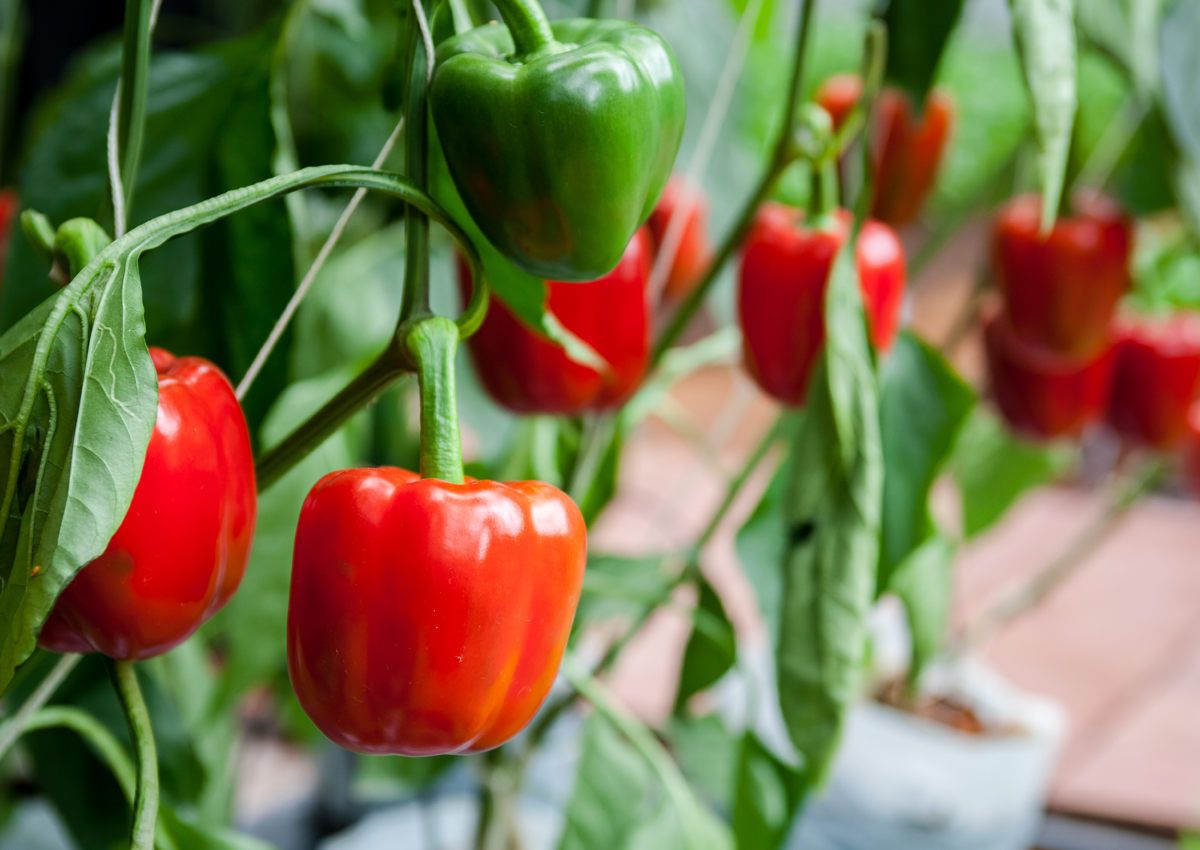
Scientists Release Most Complete Genetic Map of Spanish Peppers
February 19, 2020| |
Researchers at the Universitat Politècnica de València (UPV) have released the most complete genetic map of peppers cultivated in Spain. The research team analyzed 190 pepper landraces — 183 from cultivated species and 7 wild forms.
The landraces that were analyzed include all pepper with Spanish origins, including the thick and sweet ones (Morrón bell peppers) and Valencian peppers, Trompa de Vaca, Largo de Reus, Morrón de Fresno and Benavente, Infantes, Asar Vascos, and even varieties for canning or processing, such as Piquillo, Bierzo, Riojano, Ñora/Bola de Murcia, Jaranda de la Vera, Gernika/choricreo, chili, Padrón, the yellow pepper of Mallorca, and the white pepper of Villena. Pepper varieties from Europe and Asia were also analyzed, as well as ones from the centers of domestication of Mexico and the U.S.: Jalapeños, Poblanos, Pasillas, Serranos (the oldest form cultivated), chiltepins (wild form), cayenne or Chilhuacle, as well as species linked to South America and the Caribbean (Capsicum chinense, C. fruscens, and C. baccatum): Habaneros and several Ají.
The analysis revealed thousands of polymorphisms, making it possible to establish phylogenetic relationships among them. Valencian bell peppers represent a specific branch which in turn groups into a larger branch of thick Mediterranean peppers, such as the Largo de Reus or Trompa de Vaca de Murcia, which are differentiated from the thick ones from Castilla-Leon (Bierzo and Fresno), the Basque Country and northern Spain. The work also verified the strong relationships between certain Spanish landraces and their Mexican forefathers, or from other parts of Europe. For example, Piquillo peppers are linked to Poblanos, and chili peppers, with cayennes or Numex.
For more details, read the news release (in Spanish) from RUVID.
| |
You might also like:
- Two Methods Used in Finding Capsaicinoid Candidate Genes in Hot Pepper
- Scientists Identify Disease Resistance Gene in Pepper
- Researchers Sequence Pepper Genome
Biotech Updates is a weekly newsletter of ISAAA, a not-for-profit organization. It is distributed for free to over 22,000 subscribers worldwide to inform them about the key developments in biosciences, especially in biotechnology. Your support will help us in our mission to feed the world with knowledge. You can help by donating as little as $10.
-
See more articles:
-
News from Around the World
- Get Instant AgBiotech News on Facebook Messenger
- Researchers Eye Sending Cotton to Space for Genetic Information
- USDA Reports Significant Agri-biotech Progress in the Philippines
- Independent Science-based Regulation Needs Defending from Activists and Community Ignorance
- Scientists Release Most Complete Genetic Map of Spanish Peppers
-
Research Highlights
- Virus Tolerant Citrus Developed Using a Combination of Biotech Tools
- Concentration of Transgenic Protein in Single Events are Comparable with that of Conventionally-bred Stacks
-
Plant
- Two Gene-Edited Traits for Rice to Increase Productivity for Rice Farmers
- Experts Pinpoint Transcription Factors Vital in Rice Caryopsis Filling
- Regional Expert Consultation on Gene Editing in Agriculture and its Regulation
-
Read the latest: - Biotech Updates (December 17, 2025)
- Gene Editing Supplement (December 17, 2025)
- Gene Drive Supplement (February 22, 2023)
-
Subscribe to BU: - Share
- Tweet

